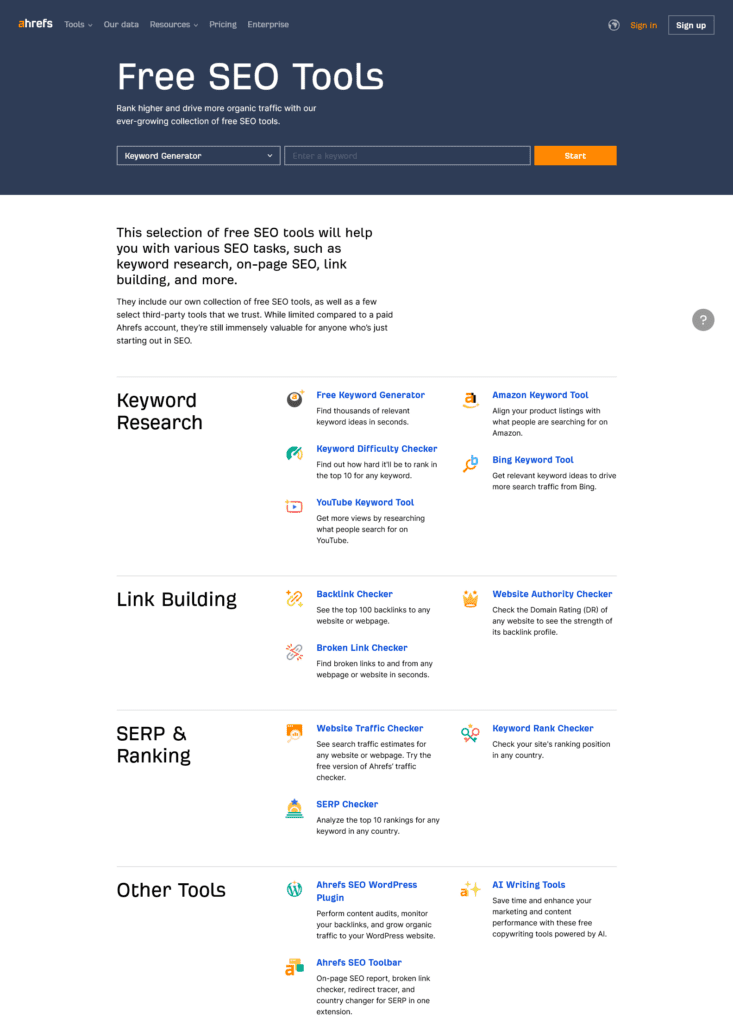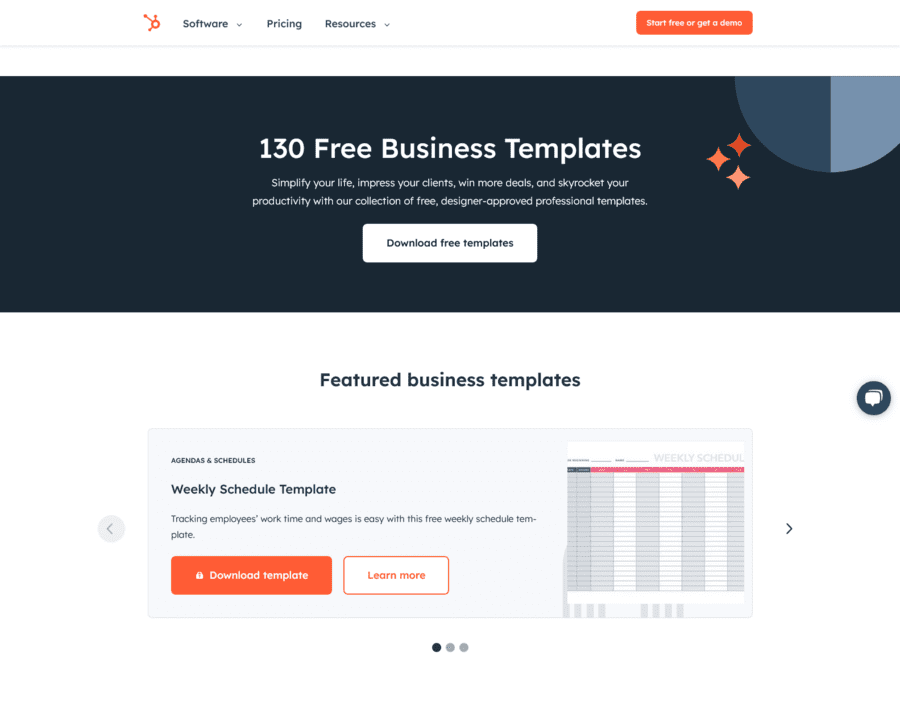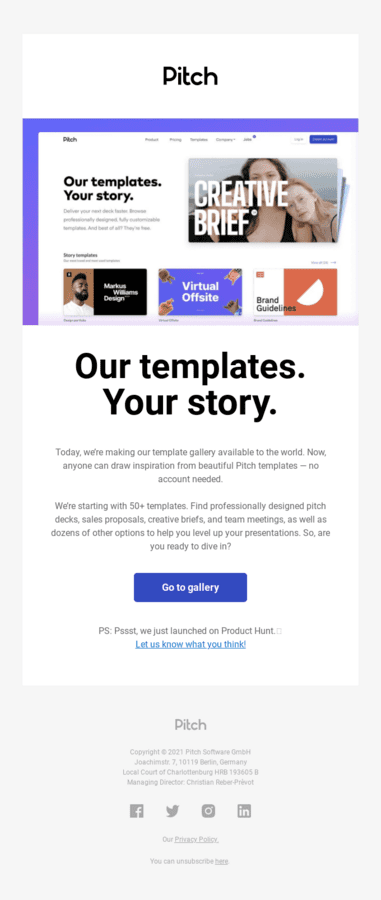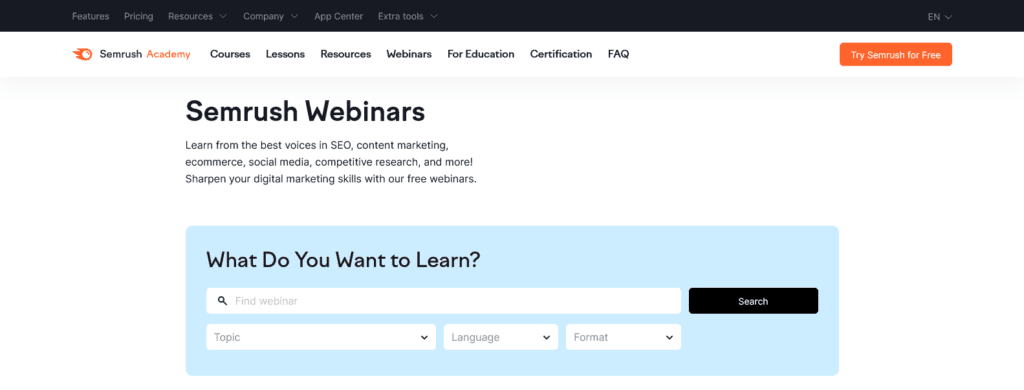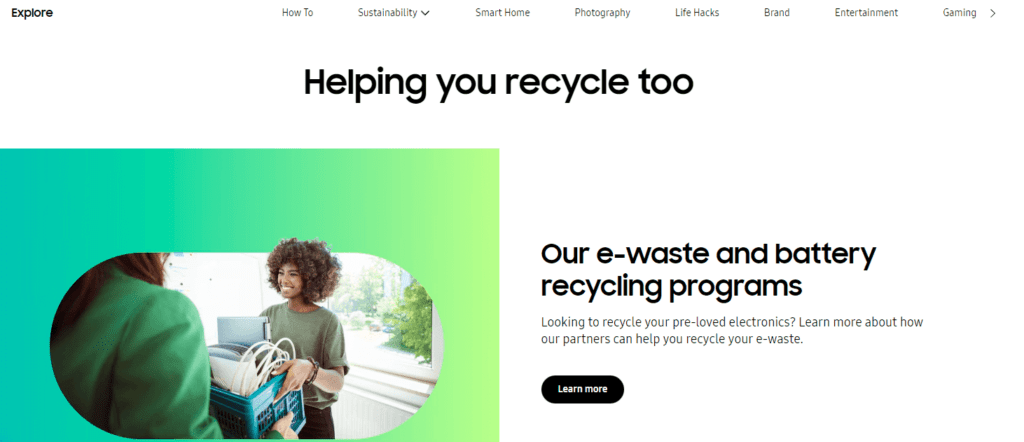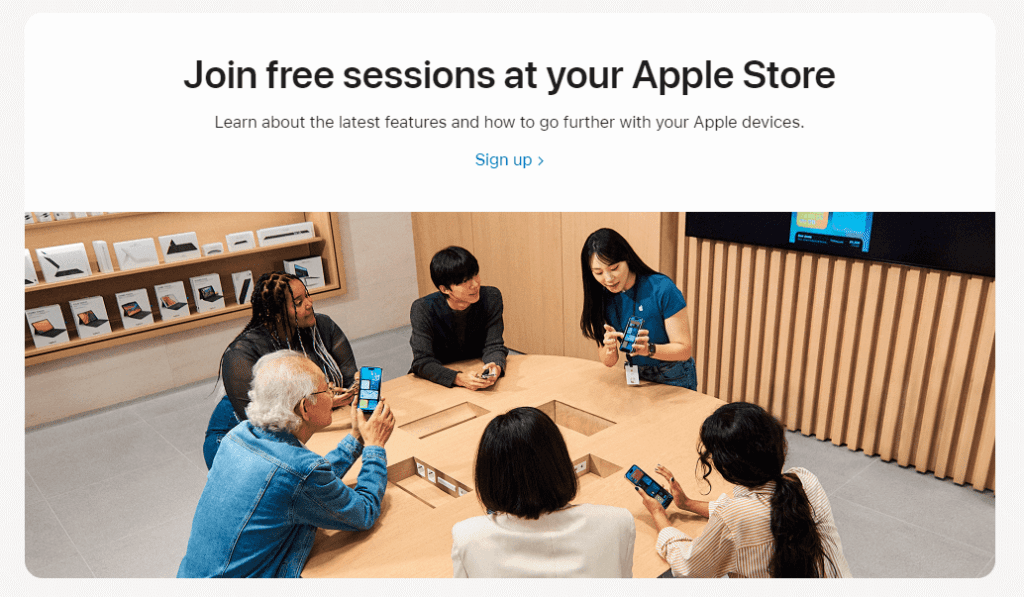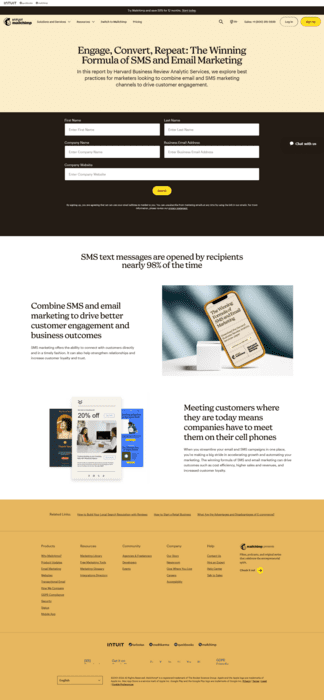Reciprocity in Marketing: Why Giving More Means Getting More in Marketing
Reciprocity in marketing might sound like a fancy word but dig deeper and it’s a simple idea you’ll find relatable. Let’s face it, in today’s crowded marketplace, customers have plenty of options. They’re not obligated to choose you. So, what makes them pick from your brand?
Reciprocity in marketing gives them that extra reason to consider shopping from you. Here’s the idea: by offering something of value upfront, something that truly matters to your customers, you encourage them to reciprocate by choosing your business. It’s a simple exchange: you provide value, they show their appreciation by supporting you. Sounds fair, right?

Now the big question: does this approach really work? The short answer is yes. In this blog, we’ll explore the many benefits of reciprocity in marketing and how you can put it into action for your business.
So, are you ready for some fresh marketing inspiration? Let’s get started!
Reciprocity in Marketing: An Introduction
What is reciprocity in marketing?
The concept behind reciprocity is simple. It is about flipping the traditional marketing script. Instead of trying to hard sell your products or services, instead of bombarding your target audience with “salesy” content, you focus on creating value from the outset.
This value can take several forms including Informative content like ebooks, case studies, and whitepapers. On the other hand, businesses might also choose to create checklists, templates, and other tools that help customers in their purchase decisions.
Or if you wish to create reciprocity in the long run, these could also come from resourceful events and webinars or even live Q&A sessions on social media channels. Finally, there’s one other form of implementing reciprocity – free trials and demos of products where customers do not have to make upfront payments.
Let’s now take a look at some of the benefits of fostering reciprocity in marketing.
Benefits of reciprocity in marketing
- By providing customers with valuable resources you are building trust. This can be a huge plus considering that nearly 81% of consumers find it important to trust a brand in order to purchase from it.
- Secondly, free downloadable content that resonates with your audience gets shared and discussed, expanding your reach. This translates to increased brand awareness which continues to be a top priority for nearly 58% of marketers.
- Reciprocity in marketing can also help nurture loyalty. Given that about 57% of consumers are more likely to spend more on brands that they are loyal to, any marketing strategy that helps build loyalty is a good one to invest in.
- About 61% of marketers find lead generation to be one of the biggest challenges in marketing. This is where executing reciprocity in marketing can be of great value. Because the valuable resources you create for your customers also help generate leads.
- The one final benefit of reciprocity-driven marketing is the competitive edge it brings. Data shows that there is an 81.6% chance for a new business to succeed in its first year. Therefore, creating value for your customers can help your business stand out.
So, what are some ways in which you can leverage the reciprocity in marketing? Let’s explore some actionable strategies.
6 Strategies to Put Reciprocity Marketing Into Action + Examples
1. Free tools that address your target audience’s pain points
Free tools are a great way to tap into the principle of reciprocity in marketing. The key is to create resourceful free tools that address specific pain points of your target customers thus creating a positive experience for them. Consequently, this positive experience then motivates them to reciprocate by choosing your business.
However, these cannot be just any free tools. They need to align perfectly with your niche and somehow tie back to your brand as well. That’s when you attract the right customers through these tools, not just anyone.
So, how do you do that? Through social listening, market research, keyword research, and other essential tools, identify the actual challenges faced by your target audience. Once you have this information work on a strategy to create tools that address these challenges. Take cues from the other tools that your target audience uses to overcome these challenges. And if there are any gaps in these tools, try to address these through your free tools.
For example, Ahrefs, a leading SEO software company, offers a suite of free SEO tools for keyword research, link building, SERP, and more.
These free SEO tools help customers improve their SEO and therefore establish Ahrefs as a trusted authority in the SEO industry thus encouraging customers to consider Ahrefs’ paid plans for a more comprehensive SEO analysis.
KIMP Tips:
- When designing these free tools, preserve your brand identity in their interface.
- As for the UI design, keep things user-friendly.
2. Templates that simplify tasks
People are always looking for ways to boost their productivity. Therefore if there is one strategy that works effectively in deploying the principle of reciprocity in marketing both for B2B and B2C businesses, then it’s providing access to free templates.
Templates are shortcuts to common tasks that your target audience might be looking to automate or simplify. Therefore, the value you create here will be saving them some time. Or you could also create templates that resonate with the industry your business belongs to. For example, a video design company can provide free Reels templates for Instagram videos.
In order to understand this strategy better, let’s look at HubSpot, a leading CRM platform. They offer a variety of useful business templates among other free resources. These are curated to benefit the diverse kinds of audiences they cater to. Like content calendar templates for content marketers, business plan templates for entrepreneurs, sales plan templates for sales teams, and so on.
These templates also paint a rough picture of the kinds of audiences that HubSpot focuses on. Therefore establishing the fact that planning around the principle of reciprocity in marketing is also a way to clearly define who your target audiences are.
But yes, remember that you also need to promote these templates through the right channels to ensure that you reach the right people. For instance, the popular presentation software provider, Pitch promotes their templates through emails.
KIMP Tips:
- Create templates with clean and professional layouts.
- Understand what attributes your customers will most likely expect to customize in different types of templates.
- Add clear instructions or create demo videos that tell your customers how to access and edit these templates.
3. Webinars that build credibility
Educating your customers can be a good way to create reciprocity in marketing. And webinars are a great way to do that. Because webinars can help educate and empower your audience and boost engagement as well.
These webinars on subject matters relevant to your business help establish your business as a credible authority in the industry. In essence, they build trust and tap into the principle of reciprocity by providing users with valuable insights. Thus keeping your customers coming back for more!
To create the most relevant webinars that your customers would like, identify topics they are interested in. Now that you have this information, identify the best industry leaders or even the most experienced employees in your organization who can host the most productive discussions on these topics.
Of course, you can always complement these webinars and boost participation with other free resources like downloadable guides and reports for attendees.
For example, Semrush, the popular SaaS platform offering online marketing services, offers a wide range of free webinars on various topics in SEO, ecommerce, content marketing, and more. Again, similar to our previous example, these are topics catering to the types of audiences that Semrush targets. Therefore if these customers find the webinars from Semrush to be relevant and useful to them, they are more likely to consider Semrush’s services.
KIMP Tips:
- For your webinars, create visually appealing presentations that also carry visual cues that act as brilliant reminders of your brand.
- Ensure that these webinar videos are professionally edited with high-quality audio and video.
4. Complementary services that your customers appreciate
While the above strategies we discussed can come in handy to kindle reciprocity in new leads, how can you tackle existing customers? How can you make the most of the principle of reciprocity in marketing and convince them to stay? That’s where the idea of offering complementary services comes in.
On one hand, you are addressing their overall needs thus proving that you understand them. On the other hand, you are enhancing the customer experience thus fostering loyalty.
Now, the question is what kind of complementary services can you offer that will lead to customers feeling the need to reciprocate – to stay with your brand? To explain this, we’ll look at Samsung’s strategy.
Samsung offers recycling services to its customers. This one caters to the niche audience segment of eco-conscious consumers. Through this program, the brand allows customers to turn in their old electronics, appliances, and mobile products therefore allowing them to responsibly tackle the problem of electronic waste. The idea also helps improve their brand image by establishing Samsung as a brand that takes sustainability seriously.
Similarly, identify complementary services that you can add to your portfolio without blowing a big hole in your budget, by identifying processes that seamlessly resonate with your audience.
KIMP Tips:
- Use diverse marketing channels like social media and email campaigns to create targeted campaigns and educate existing customers about these complementary services.
- Ensure that the visuals and the copy in these marketing materials clearly communicate the value of these services and any environmental or social benefits they might carry.
5. Live events that foster a sense of community
We spoke about strategies to execute reciprocity in marketing for new leads and those for existing customers. Next, let’s move on to one strategy that works for both these segments simultaneously – live events. But not just any promotional event where the chatter is all about your products and your brand but rather about the value you create, the problems you solve, and the conversations you have with your customers.
These are the kinds of events that nurture a sense of community that builds loyalty in existing customers and give something to look forward to to potential customers.
At this point, Apple’s free live sessions at various Apple Stores are a good example. They host a variety of events to educate customers about new products and features. Additionally, there are also live online personal sessions available for customers who are looking for information on Apple devices or on the latest features.
Evidently, these sessions are a great way to preserve the bond with existing customers. As for the live events at the stores, potential customers who witness such events get a sense of the perks they get to enjoy on purchasing Apple products.
Similarly, plan and host events that cater to diverse audience segments or buyers at different stages of the purchase journey. This way, you are giving them a few extra reasons to make repeat purchases or perhaps even make their first purchase with your brand.
6. Industry reports that establish authority
Now, we’re talking about one of the most effective strategies to build reciprocity in marketing that goes beyond leads and customers. It attracts a wider audience including potential investors, industry analysts, and even probably some media coverage. Yes, we’re talking about industry reports.
Industry reports published after thorough research show your expertise within your field and your dedication to innovation. Data shows that consumers favor brands that favor innovation. This addresses the potential customers segment and the existing customers segment.
On the other hand, investors who see your commitment to research and market insights understand your strong place in your industry and are therefore more likely to invest in your business.
In this case, let’s look at an example from Mailchimp, a leading marketing, automation, and email platform. They offer several insightful reports based on their own research and in collaboration with other credible organizations in various industries. These reports establish Mailchimp as a trusted resource for businesses of all sizes and industries.
KIMP Tips:
- Create branded templates so the reports you share look visually consistent and relevant to your brand.
- Keep your reports visually engaging by incorporating elements like charts, illustrations, and relevant photos that complement the information.
Ready to Unlock the Principle of Reciprocity in Marketing?
Equipped with all these ideas from brands that are experts in their own fields, are you ready to explore the power of reciprocity in marketing? Remember that design plays a crucial role in most of these resources you create for your audience. And having a dedicated team of creatives ensures that you have professional quality designs for all these applications. Therefore, every piece of content, every downloadable asset that represents your brand helps boost your brand’s image.
To unlock a world of design possibilities, choose an unlimited design subscription like KIMP!
Register now for a free 7-day free trial!


